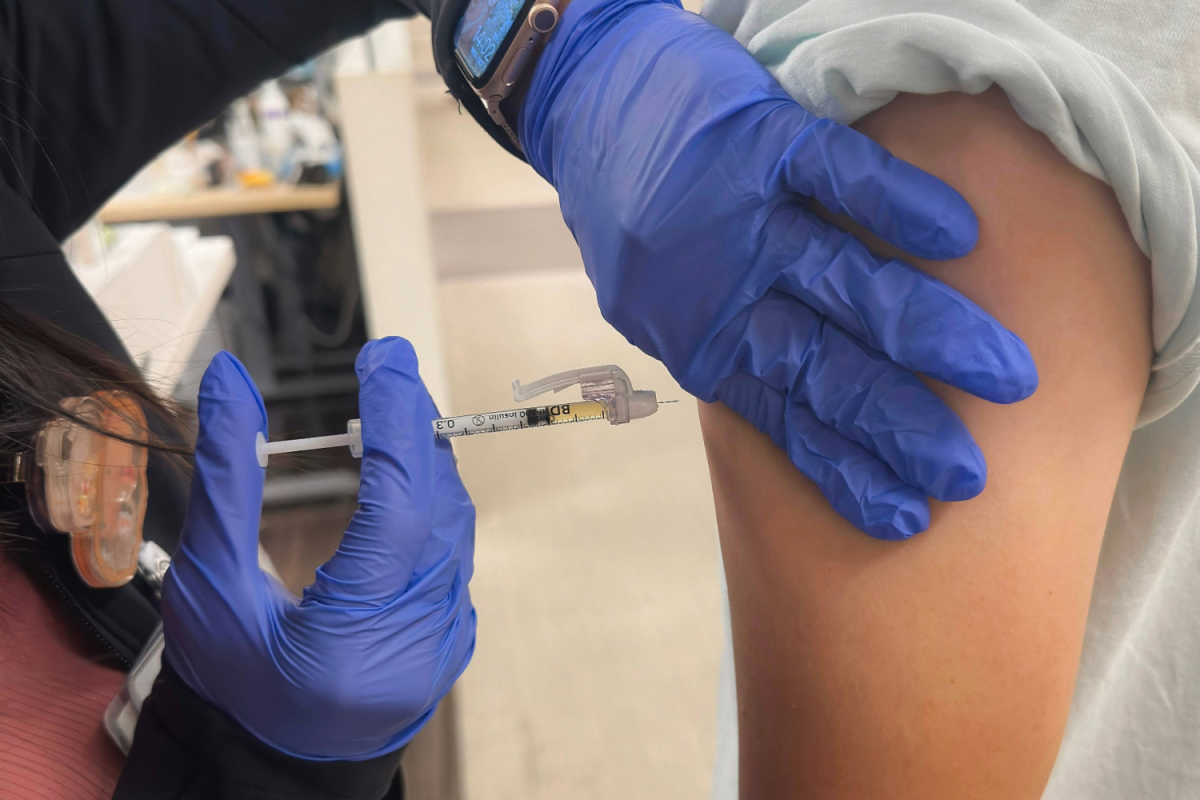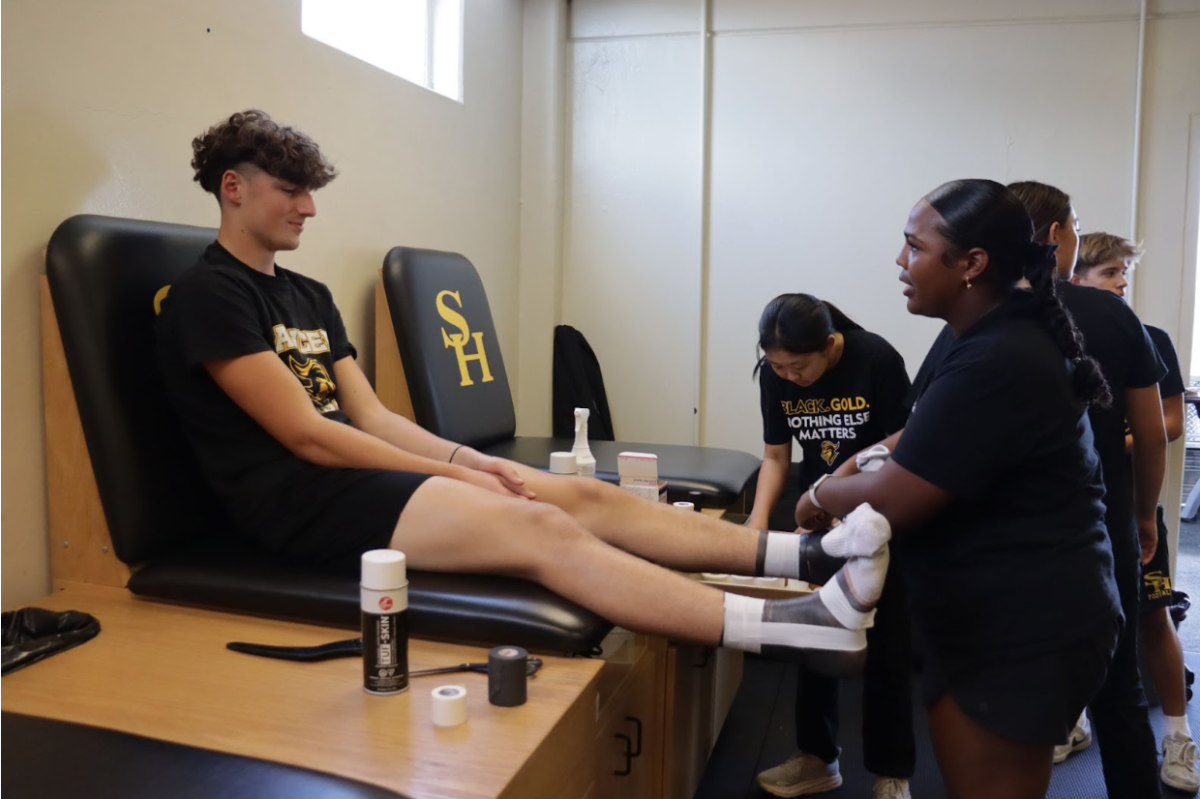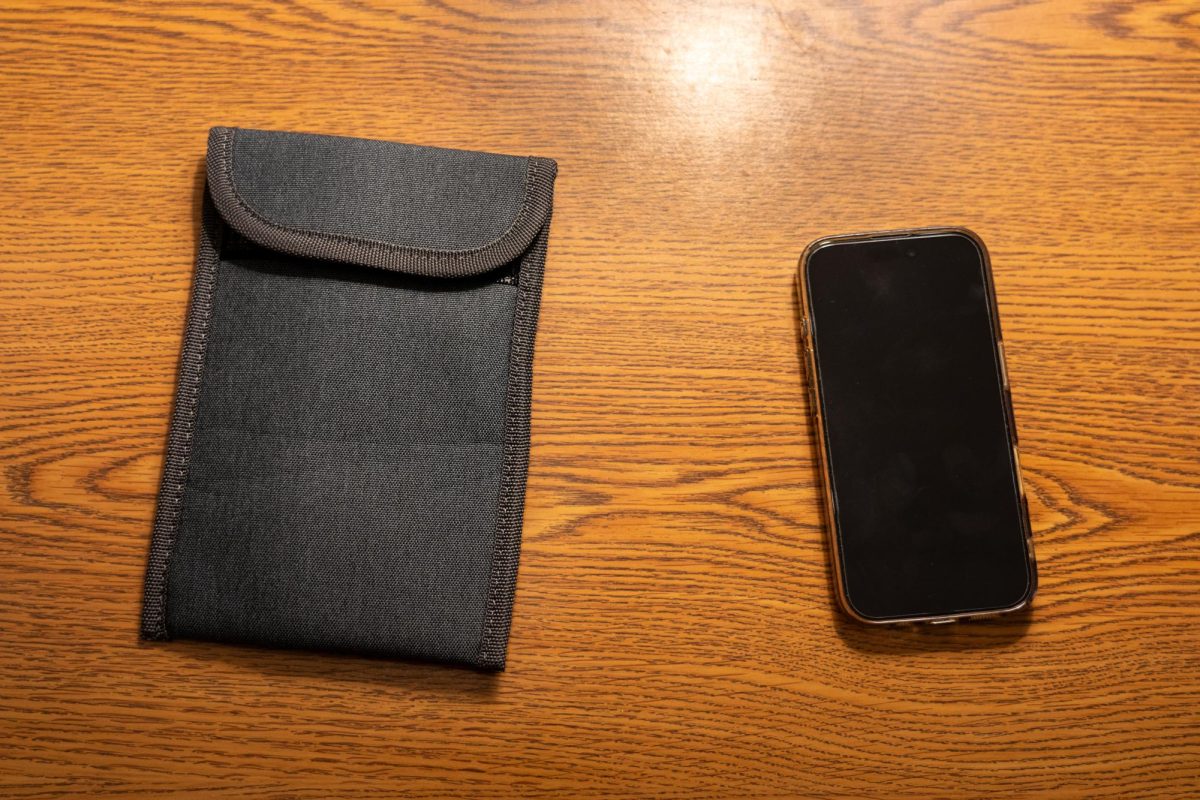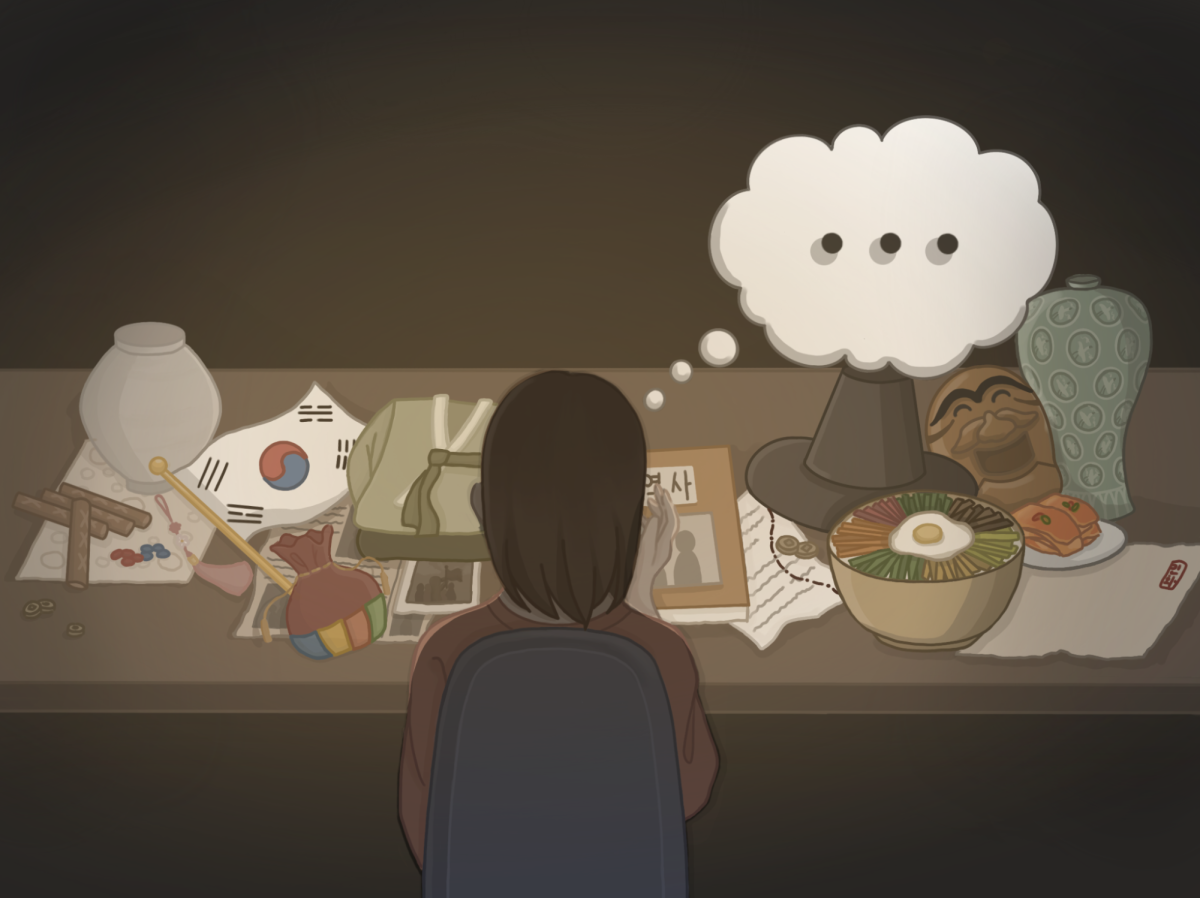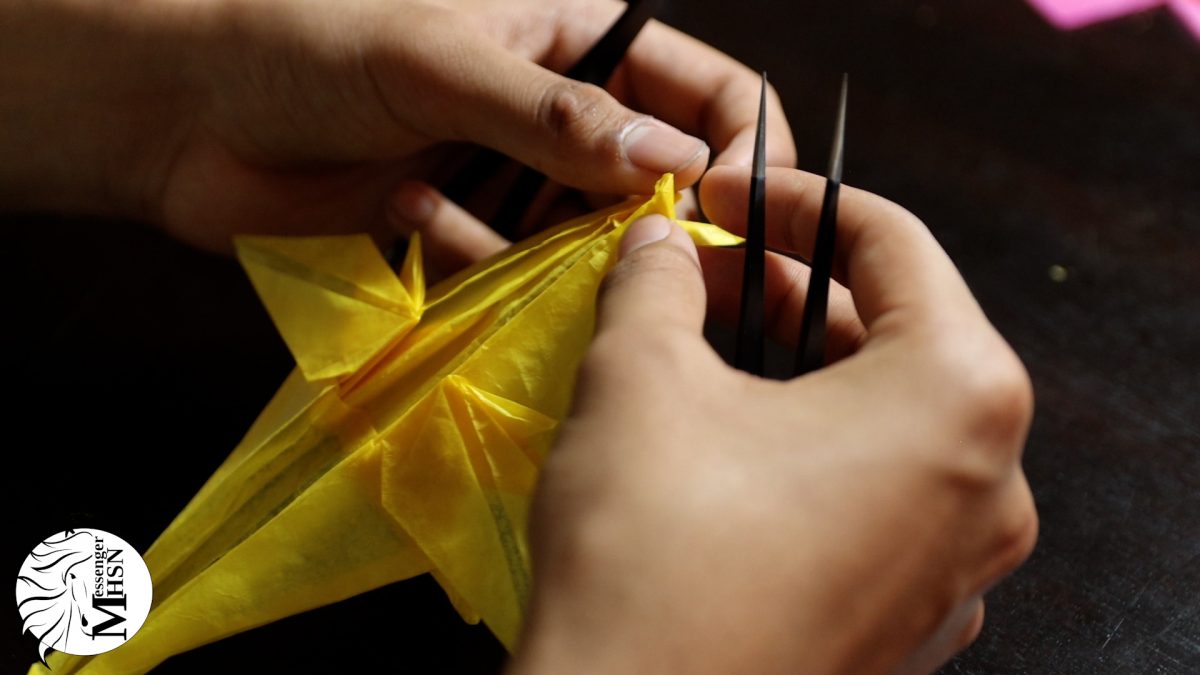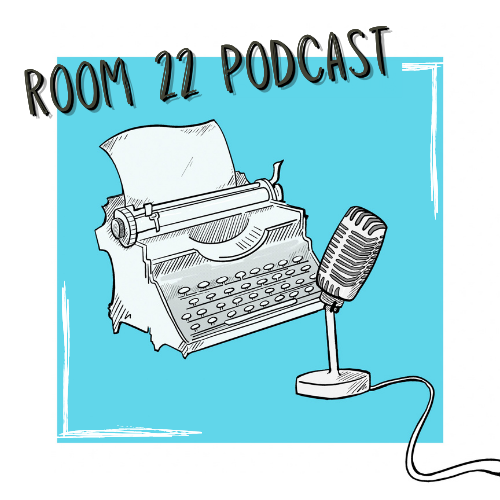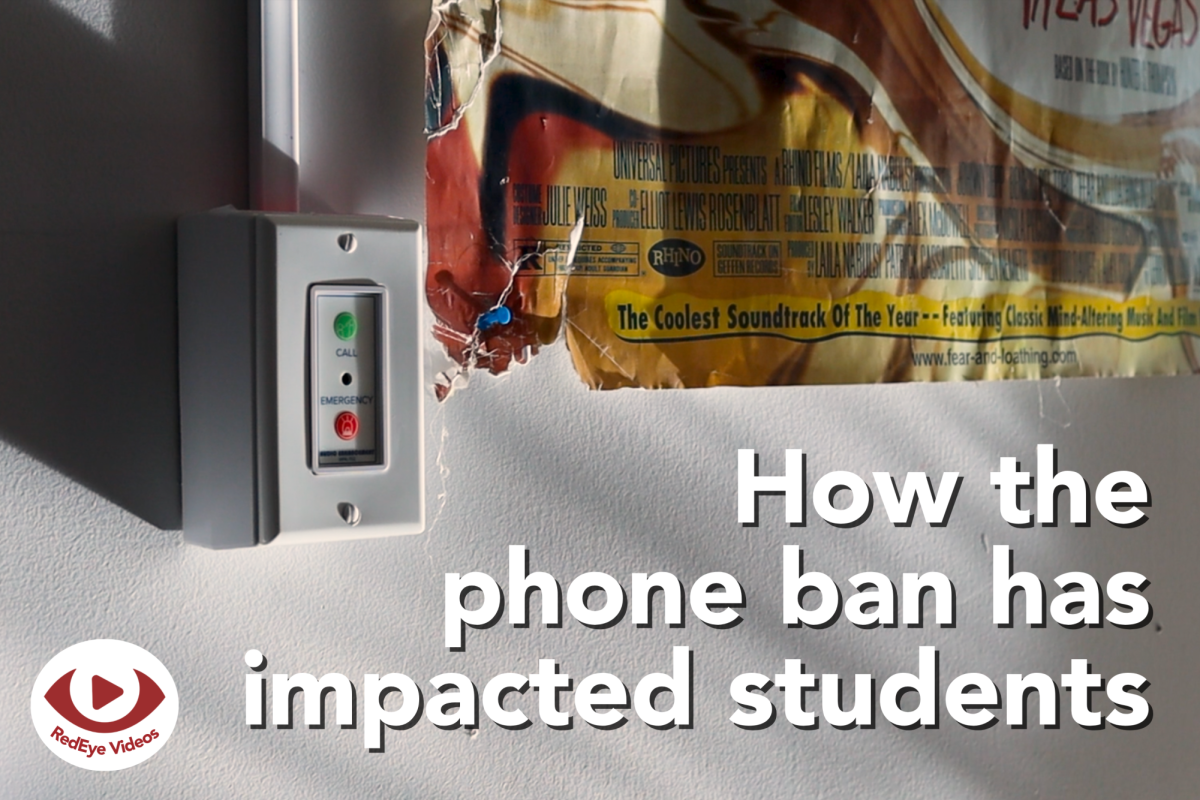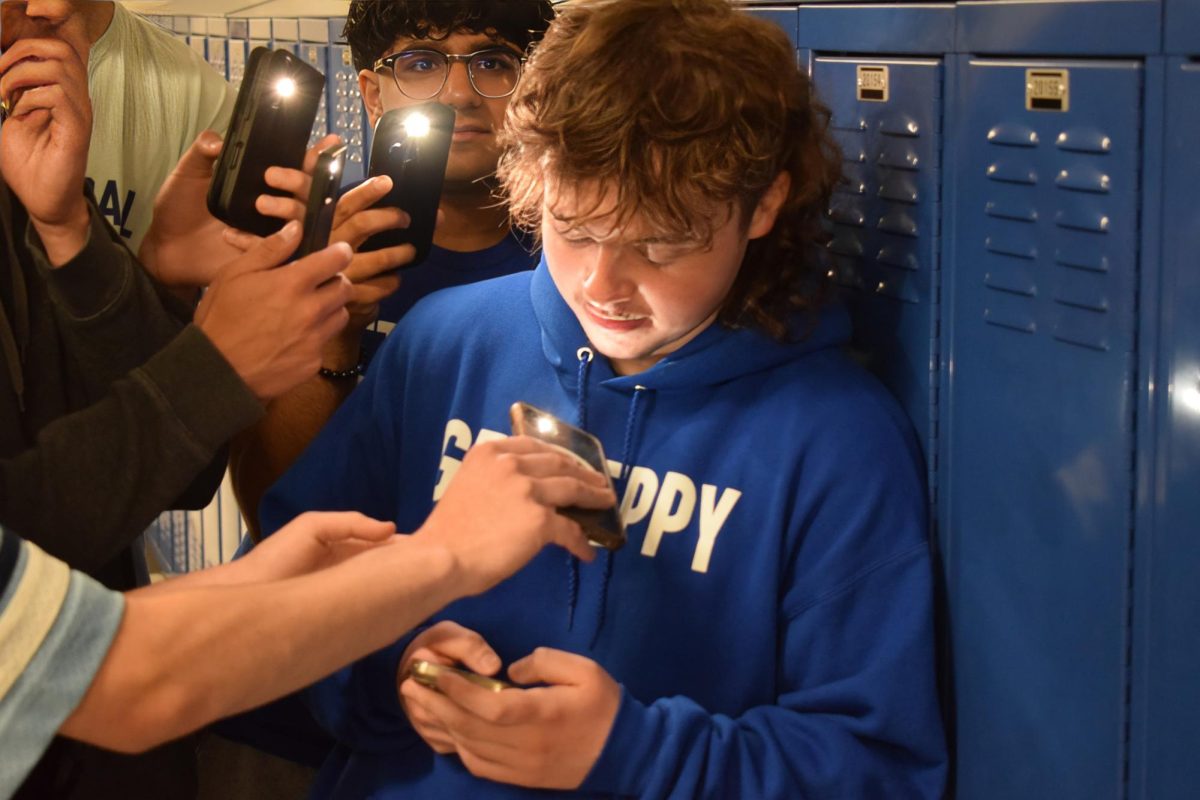A typical morning starts with a phone in hand. Notifications flood in before a foot even touches the ground. During school, more time is spent on TikTok than paying attention to lectures. After school, Instagram Reels take priority, while parents are ignored as they urge their kids to go outside. By 11 p.m., it is time for bed – and the cycle repeats.
This lifestyle mirrors the routine of many teens. Instead of addressing the global phone problem, people often just talk about needing a vacation. While breaks from work and school are important, screen habits follow many people on vacation, too. The pressure to post the next perfect photo or video can distract from the moment. Sometimes the peace people are seeking is already right in front of them.
With summer break around the corner, many teens are looking for ways to recharge – but constant screen time can make it harder to truly relax, even though a recent Pew Research Center survey found that 64% of Americans say social media has mostly had a negative effect on society.
So why is unplugging so hard?
Phones are extremely addictive because of the dopamine released during social media use. That rush of enjoyment weakens self-control—similar to the effects of a drug. As technology continues to evolve, attention spans have shrunk.
Excessive phone use has also been linked to sleep problems, depression, anxiety, and stress. A 2020 study found that adolescents who used their phones for over four hours a day were more likely to experience stress, suicidal thoughts, and substance use than those who used their phones less.
For senior Abby Wing, putting down the phone was a healing and eye-opening experience. During a trip to Iceland, she barely used her phone and instead stayed fully in the moment, taking in the breathtaking landscapes around her.
“We were driving for hours, and I maybe looked at my phone twice,” Wing said. “I was just looking outside. So I think it’s really just when there’s enough to look at and when you really start to take it in. It’s insane – out here, the world’s crazy.”

Sophomore Noelia Luna has also tried taking breaks from her phone.
“I’ve actually gone a week without using social media, and I was happier,” Luna said. “It really changed how I felt, because I wasn’t comparing myself to what everyone else was doing.”
Wing and Luna are not alone in noticing the benefits of unplugging. Many experts have pointed to the connection between reduced screen time and improved mental health – especially for teens.
“There are a lot of studies that have been done that showed increased screen time leads to some negative mental health effects like anxiety and depression,” psychology teacher Brigid Clark said. “Kids are seeing too much, and their attention spans are being seriously impacted. That’s causing changes in the way they think and their brain chemistry.”
Junior Aaron Hernandez Granados has felt the negative effects firsthand.
“When I get off social media for a while, I feel more focused,” Hernandez Granados said. “But once I start scrolling again, it’s hard to stop. You feel like you need to know what everyone else is doing.”
On a typical afternoon, a teen checks their latest Instagram post, hoping for a flood of likes, comments, and reposts. Hours pass, and the post receives less attention than expected. Disappointment sets in – a common experience that can lead to body image issues, isolation, and low self-esteem.
According to Yale Medicine, the adolescent brain goes through major changes between the ages of 10 and 19, making it especially sensitive to social media. Frequent use can affect emotional learning, impulse control, and the ability to regulate emotions.
A 2024 Pew Research Center survey found tthat 48% of teens believe social media has a mostly negative effect on their peers – up from 32% in 2022. Additionally, 45% of teens admit they spend too much time on social media, with girls more likely to report that it negatively impacts their sleep and confidence.
Johns Hopkins Medicine reports that too much social media use can interfere with sleep and physical activity, both of which are essential to mental health. They also note that both very low and very high social media use are linked to increased depression, suggesting that every teen’s “sweet spot” for screen time may be different.
Another major issue is body image. TikTok, Instagram, and Snapchat all promote filters that can alter the way someone looks or enhance their environment. Although social media is often labeled as a highlight reel, many users – especially teens – internalize what they see as a standard to meet. This is why even influencers and celebrities often struggle; their lives are held to impossible expectations online.
The American Psychological Association reports that teens and young adults who cut their social media use in half for just a few weeks saw significant improvements in how they felt about their weight and appearance.
One disturbing trend, known as “Snapchat dysmorphia,” involves people seeking cosmetic procedures to look more like their filtered photos. It highlights the powerful link between digital appearance and self-perception.
Research from the University Of California points out that constant exposure to highlight reels can increase feelings of dissatisfaction and anxiety. It can lower self-esteem and encourage even more screen time, creating a harmful cycle. Fear of missing out (FOMO) only adds to the problem – teens feel pressure to check their phones constantly for fear of being left out.
Even though FOMO can happen offline, social media has made it harder than ever for teens to feel content with themselves, leading to long-term effects like anxiety and depression.
When it comes to socializing, phones can help teens connect with distant friends or relatives. But they have also changed the way people communicate – and not always for the better.
“We didn’t grow up with phones, so our social media struggles are different from theirs,” Jeff Anderson, school social worker, said. “Students now use phones as their main communication tool, which creates issues like cyberbullying or isolation when things go wrong.”
Sophomore Brandy Stirgus echoed the concern.
“I see a lot of people fighting or getting into drama because of posts or group chats,” she said. “It really messes with people’s heads sometimes.”
According to Clark, the socializing that occurs via phone is greatly different than the communication that occurs in-person.
“It can lead to a lot of issues like cyberbullying, obviously, and I see a lot of students who have difficulty with things that happen on social media… and students who are sitting in class DMing each other about drama. That’s not good for your brain,” Clark said.
So what can teens do about it?
Here are a few ways to start detaching from phones:
-
Turn on “Do Not Disturb”. Disabling notifications can help reduce distractions, especially during school.
-
Set app time limits. This prevents the endless scroll loop on TikTok and Instagram.
-
Find new interests. Try reading, walking, baking, or meeting people in person.
-
Delete social media apps. Logging out – literally – can ease the pressure to stay constantly updated and help improve mental focus.
Social media has become so normalized that many rely on it for happiness. But this summer, a small shift in routine – choosing a book over a scroll, a walk over a post – can change a person’s entire outlook. Go outside. Look around. Real peace begins once the phone gets put down.
This story was originally published on Wildcat Chronicle on May 29, 2025.




